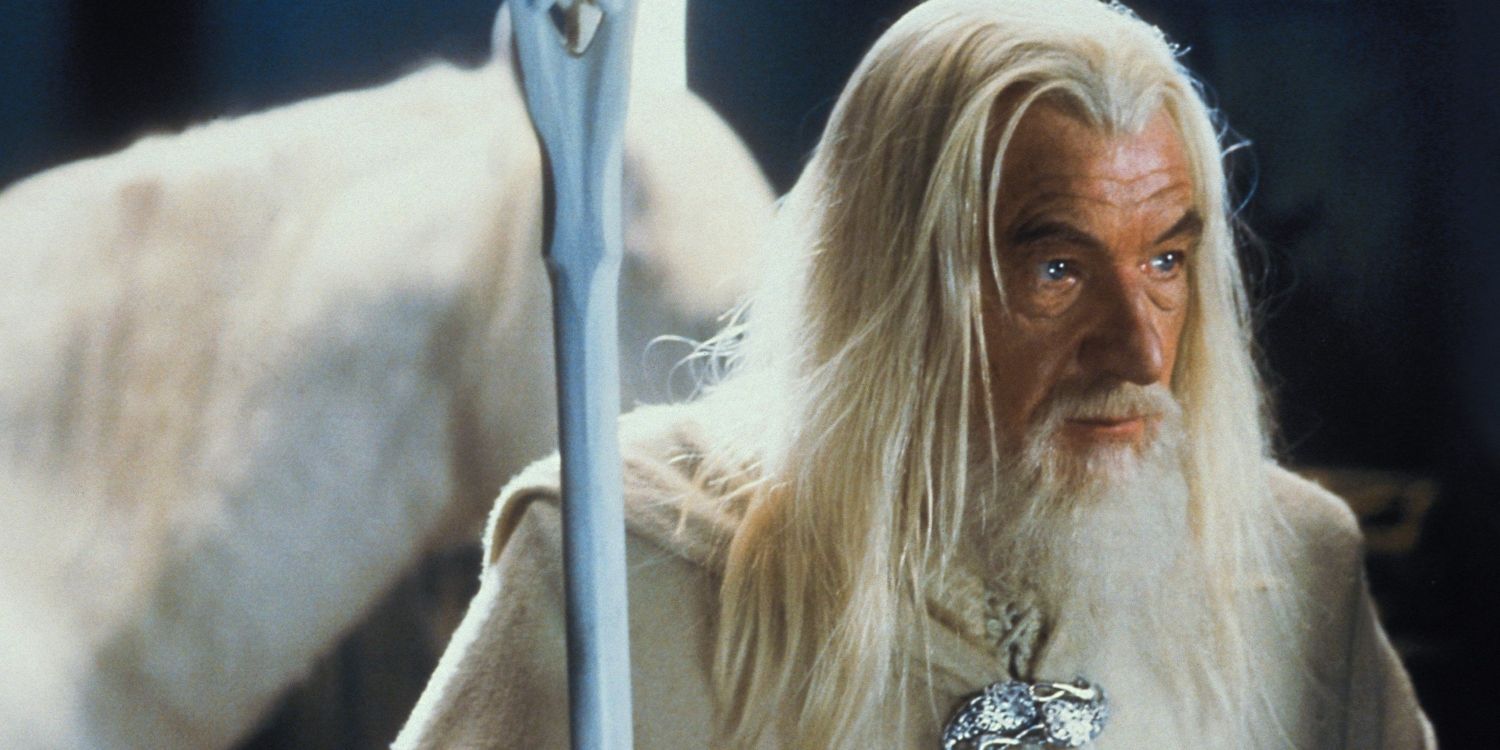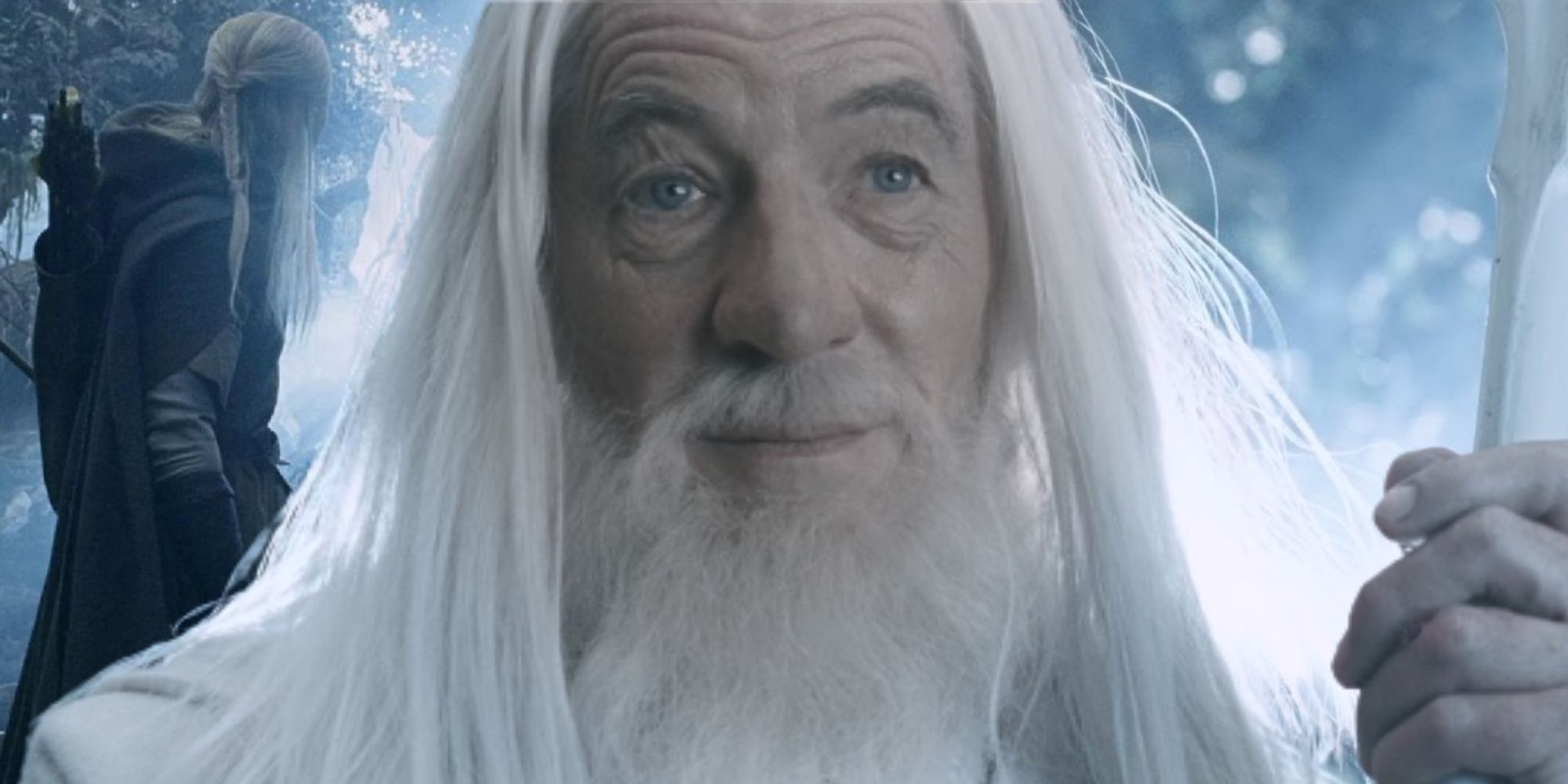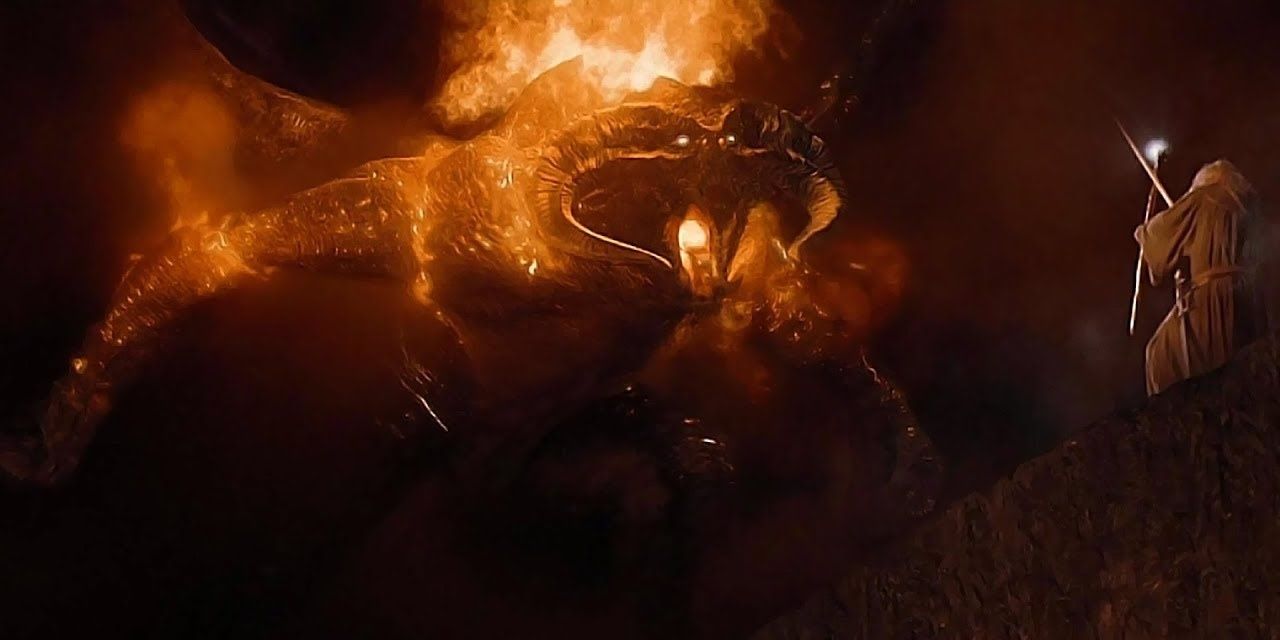The Lord of the Rings trilogy evokes an array of emotions in viewers, with two of the most emotional moments being Gandalf’s death and his revival. Since the emotional responses to these scenes were so different, many fans, writers, and scholars have argued whether or not the resurrection was actually necessary to the whole story.
On one hand, some people view it as a cheat-- an unrealistic solution to a hole in the story that Tolkien couldn’t figure out how to fill in another way. Others believe that the rebirth was an appropriate choice and that it contributes to the greater storyline, given the layers of Christian lore woven into the world.
To fully understand this question, fans must first consider who Gandalf is, outside of his relevance to the ring. Before he was even Gandalf the Grey, he was Olorin, a Maia. The Maiar were beings created to assist the Valar in forging the Earth. In his time as Olorin, he was often revered by his fellow Maiar for his wisdom and spent much time with Nienna, who was a queen of the Valar that was gifted in the ways of mercy. From her he learned how to be empathetic and considerate of others-- some of his best qualities that we see recurring throughout the story.
When he returns to Earth, his greatest contributions to it are the ones that we see in the Hobbit and Lord of the Rings tales. His commitment to the beings of Middle-earth is moving and admirable, which is what makes his death so difficult for characters and viewers alike.
Gandalf’s death was a pivotal moment for the story because it is when Frodo begins to realize that he is not only risking his own life, he’s risking his friends’ lives too. By losing Gandalf, someone he’s known for so long as a dear friend, Frodo’s soul is somewhat crushed and his eyes are opened more to the reality of his situation. Beyond that, it seemed to diminish the hope of the entire party because there was none among them that did not, at least, have intense respect for Gandalf.
Gandalf died in darkness, burned by the fire of the Balrog. His battle with the creature lasted 8 days. He was not revived until day 19 and even then, he was very dazed for a few days before he was any form of himself again. Up until Gandalf’s death, it seemed that his purpose in the story was to assist Frodo in his journey taking the ring to Mordor. After Gandalf dies, this changes. When he comes back, he focuses his energy more on the other members of the fellowship as they prepare for battle. He mostly helps in combat from this point.
His revival, or resurrection, was less important to Frodo’s goal than his death but was still important to the other characters in the story. Gandalf’s return renewed hope for many of the characters going to battle and helped them to feel prepared and focused on the task at hand.
Gandalf’s personality is mostly the same between being Gandalf the Grey and Gandalf the White, aside from a few qualities. Gandalf the Grey was playful and experienced, giving him the prime personality and stories to intrigue a hobbit. Although, when he becomes Gandalf the White, he becomes slightly more assertive and wiser, giving him better ability to handle the intense situations yet to come. This new adjustment to his perspective makes him a better source of power and motivation for men, elves, and dwarves going into battle.
Beyond his physical return being important, the transition from Gandalf the Grey to Gandalf the White also contributes to the story. With his limited powers as the Grey, he was able to keep up with protecting the fellowship but not much more. His abilities as Gandalf the White, however, are strong enough to affect larger areas of Middle-earth. Without his new powers, he likely would not have been able to free Theoden or contribute to battle in the same way.
It’s also important to note the theme of the story when examining this question. Tolkien intended these stories to represent humanity’s greed for power, as a means of controlling others and achieving immortality. Tolkien uses the story and its characters to illustrate how those who try to obtain God-like power-- abilities that are not natural-- often do not succeed and meet an unfortunate end.
However, those who are humble in their power and use it to help others, are rewarded. Considering this, Gandalf’s death and revival certainly make sense. He sacrificed his own life for Middle-earth, more than once, and was a friend to nearly all the beings there. He earned a sort of immortality, through the only means that it’s actually obtainable-- through the will of the creator of the Earth.
On that note, Balrogs are, in fact, corrupted Maiar who were affected by Melkor, the original dark lord's influence. This explains why it was a Balrog that was able to bring Gandalf to his end and why Gandalf so wanted to avoid it in the first place. It was as perfect a match as there could be, given that the Balrog is the exact opposite of Gandalf.
Gandalf began as a noble Maia, selected by the Valar to be a member of the 5 Maiar that were transformed into Istari, wizards sent to Middle-earth to aid against the powers of Sauron. So while Gandalf appears to have evolved, the Balrog devolved from being a Maia to being a treacherous, demonic creature that reflects the evil past that led to its present.
Gandalf represents an individual who follows the path of light and resists the temptation for power, while the Balrog represents someone who gave in to temptation and chose the path of darkness. The conclusion to the message in their battle is that both of them die, but only Gandalf comes back. He chose the noble path in life and was rewarded with the kind of immortal opportunity that tempted the Balrog to darkness in the first place, when it was a Maia.
That being said, it actually wouldn’t make sense to not have a character that died and was resurrected because of the spiritual influence and thematic components of the story. Further, Gandalf was the most appropriate character to do it because he was already a powerful enough being to be capable of coming back, he already had the approval of the Valar, and he lived his life in goodness and light.
There is no short answer to explain why Tolkien deemed the resurrection of Gandalf as necessary. If mending the broken hearts of Lord of the Rings fans wasn’t enough to highlight the importance of his resurrection, the theme, history of Middle-earth, and Tolkien’s spiritual beliefs all seem to. Gandalf was not simply a character intended to assist protagonists in their journeys; he was an example of the benefits of being someone who helps those around them, rather than being someone who only helps themself.




